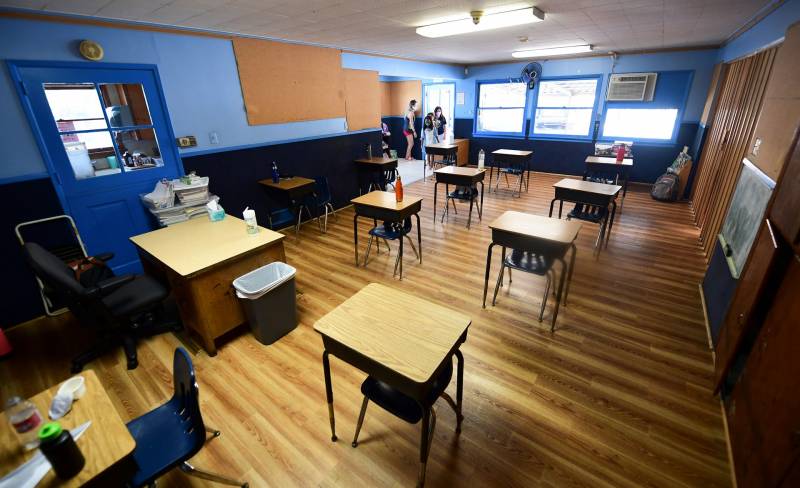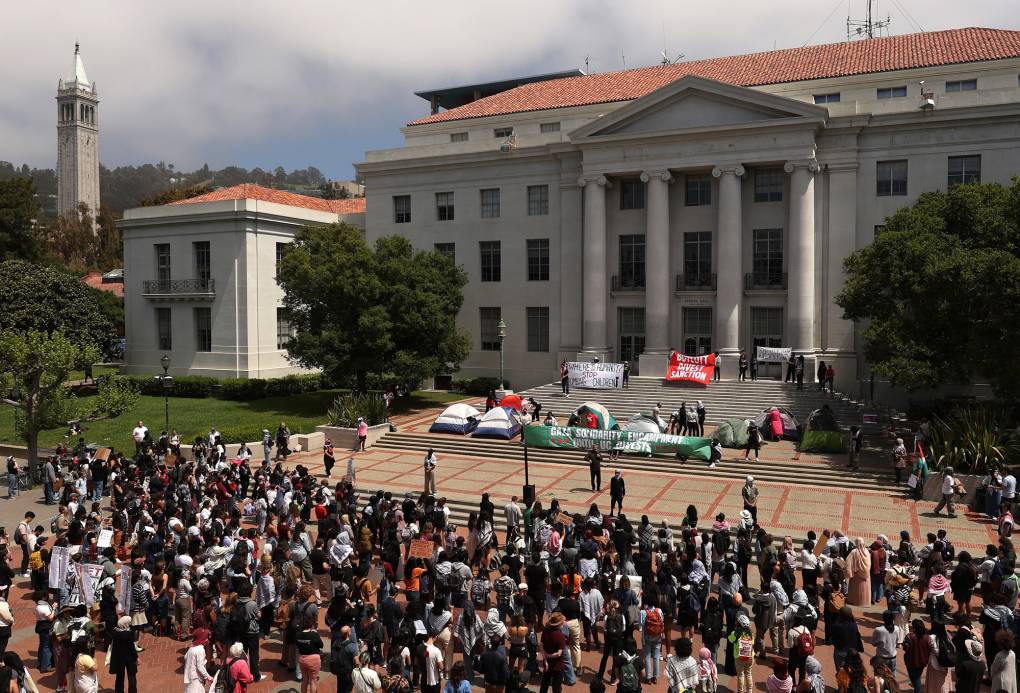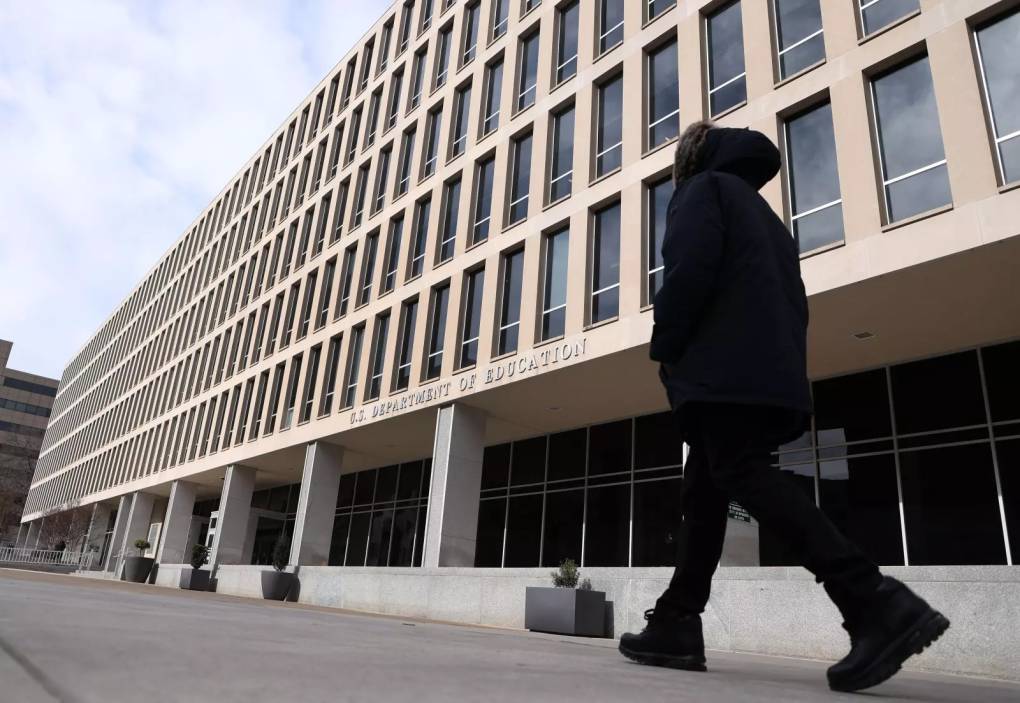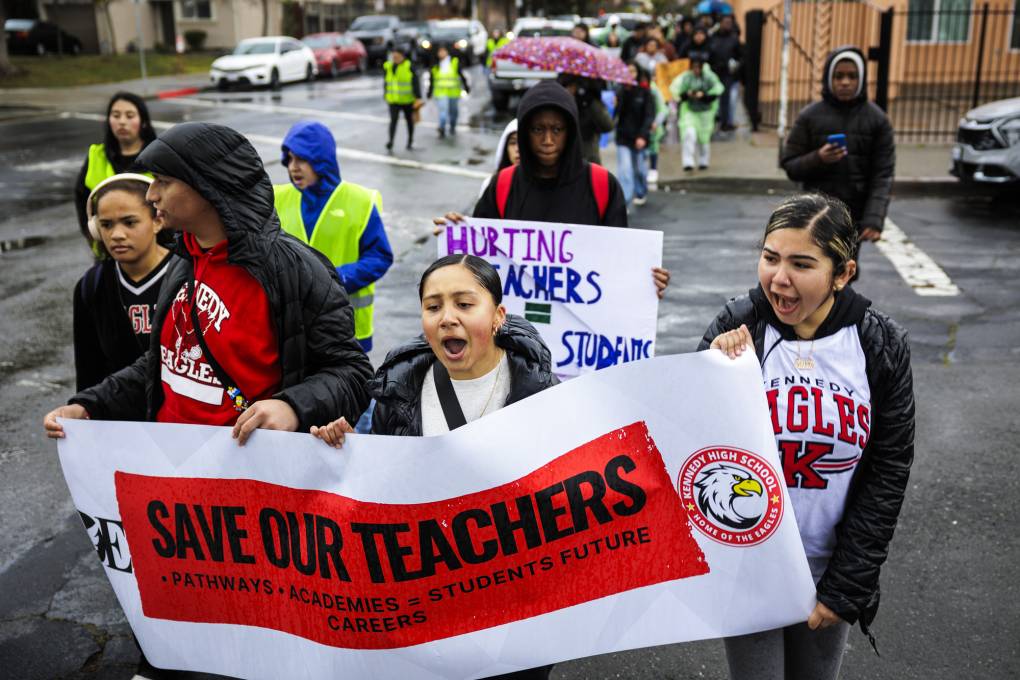For the first time in decades, fewer than 6 million students are enrolled in California's K-12 public schools.
That's according to new data released Monday by the state Department of Education, showing a decline in enrollment for the fifth straight year. That downward trend is stoking fears of additional budget cuts and long-term financial instability for schools, whose funding is largely determined by total enrollment numbers and daily attendance levels.
Among key takeaways from the newly released data:
- Statewide enrollment for the 2021-22 school year — including traditional public and charter schools — is at 5,892,240, down 1.8%, or about 110,000 students, from the previous year. That dip, however, is less steep than the 2.6% drop during the first year of the pandemic.
- Compared to the last school year, enrollment this year dropped 3.6% for Black students, 1.9% for Asian Americans, 0.9% for Latinos and 4.9% for white students.
- Grades one, four, seven and nine had the largest enrollment decreases this year.
- Kindergarten enrollment increased slightly this school year over the prior year, although enrollment is still nowhere near prepandemic levels. Enrollment in 12th grade also ticked up slightly.
For the better part of a decade, public school enrollment has been in steady decline in California, due largely to a lack of affordable housing, according to education officials. But when the pandemic reached California, early job losses collided with that trend, exacerbating that decline.
Richard Barrera, a board trustee at San Diego Unified, the state’s second-largest district, said families already were moving out of the district, especially families in gentrifying areas, resulting in disproportionate losses for schools in those neighborhoods. Then workers started to lose jobs in 2020, and more families had to relocate.



